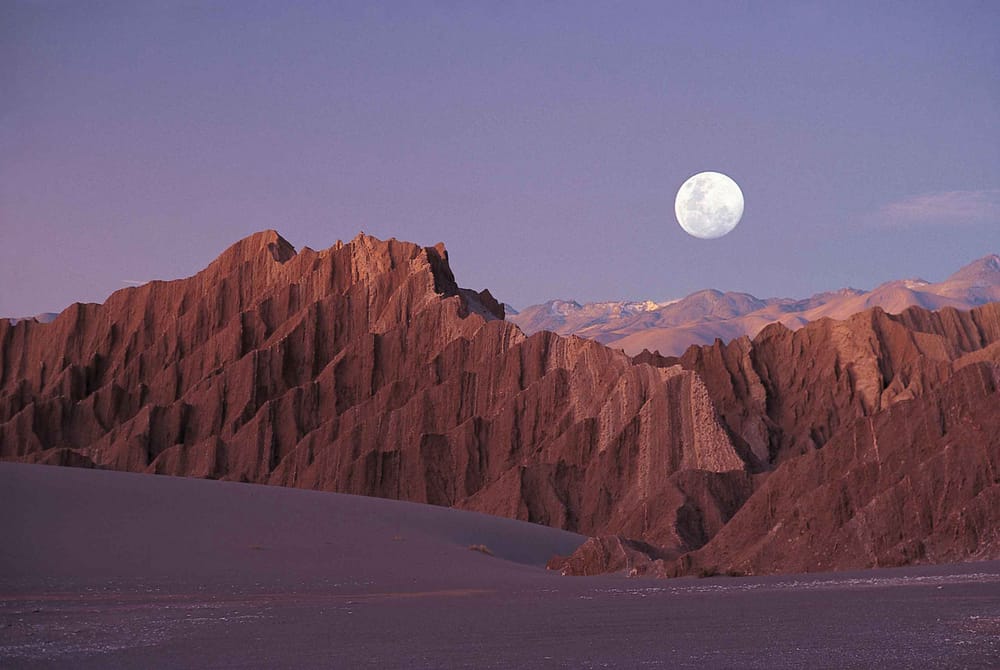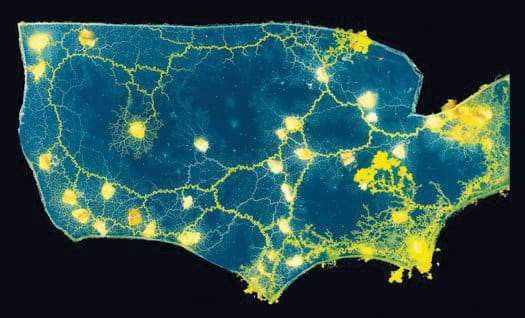Extremophiles found in Atacama
Exceptional life forms on earth may be a key to sustaining life on mars

New microbial lifeforms have been discovered on the slopes of high-altitude volcanoes in the Atacama desert, South America, an area previously thought inhospitable. Temperatures range from -10°C to 56°C, and incident ultraviolet radiation is twice that at sea level in the extremely arid areas where researchers from the University of Colorado took soil samples at over 6000 metres above sea level.
Surprisingly, DNA analysis of the samples revealed bacterial and fungal lifeforms, although far fewer and with less diversity than what is found in other soils. The lifeforms, which have not yet been fully characterised, are at least 5% genetically different from other species, and express no genes known to be involved in photosynthesis nor contain chlorophyll, leaving their metabolism a mystery. It has been suggested that they may feed off gases such as carbon monoxide and dimethyl sulphide, and remain dormant except for the rare occasions on which water is provided by snowfall.
The terrain of the Atacama region has been described as “Mars-like;” however, as Mars lacks an ozone layer, the level of UV radiation its surface receives is much greater than even high-altitude points on Earth. Nonetheless, investigation into the metabolism of these new lifeforms may give clues as to how life may survive on other planets, or be a starting point for designing life to survive in spacecraft or on Mars in projects such as the NASA Institute of Advanced Concepts mission to engineer plants which could provide food and oxygen to astronauts on future journeys to Mars.







